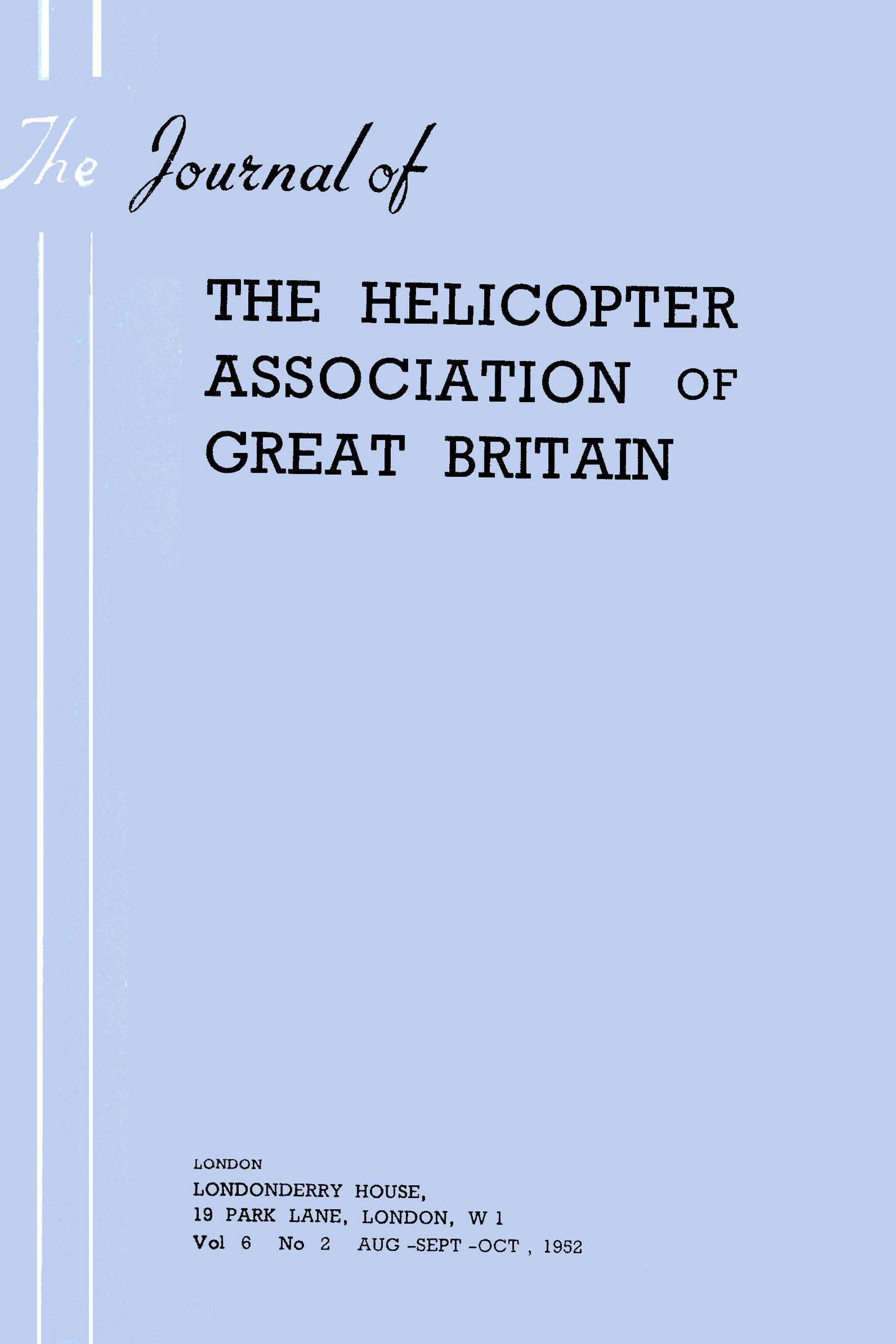Article contents
The Stability of Flying Platform Type Helicopters
Published online by Cambridge University Press: 26 October 2023
Extract
The stability of the ‘flying platform’ type of helicopter is investigated in order to determine the margin of stability and ease of control to be expected and to show the effects of the system, weights, inertias, dimensions and aerodynamic forces
This paper deals with the theory of stability in hovering and the theory is illustrated by a numerical example of a ‘typical’ pilot and platform
The stabilizing actions of the pilot are assumed to take the form of controlling moments at his ankles in linear response to errors in his attitude, rate of change of attitude, horizontal velocity and horizontal acceleration, the constants of proportionality being termed control constants
Within this framework it is shown that in the absence of delay in the pilots’ response it always is possible to stabilize the platform Further, the size of the control constants required is determined solely by the weight and centre of gravity height of the pilot, the forces involved being of the same order as those used in standing
- Type
- Cierva Memorial Prize Essay
- Information
- The Journal of the Helicopter Association of Great Britain , Volume 12 , Issue 5 , October 1958 , pp. 238 - 262
- Copyright
- Copyright © Royal Aeronautical Society 1958
References
- 1
- Cited by




